In response to many parents' concerns: "Do children have to learn technology at the age of 5?", "Are children abusing screens?", Ms. Nguyen Luu Thao Trang, Director of Vinschool Kindergarten, shared her thoughts on this issue.
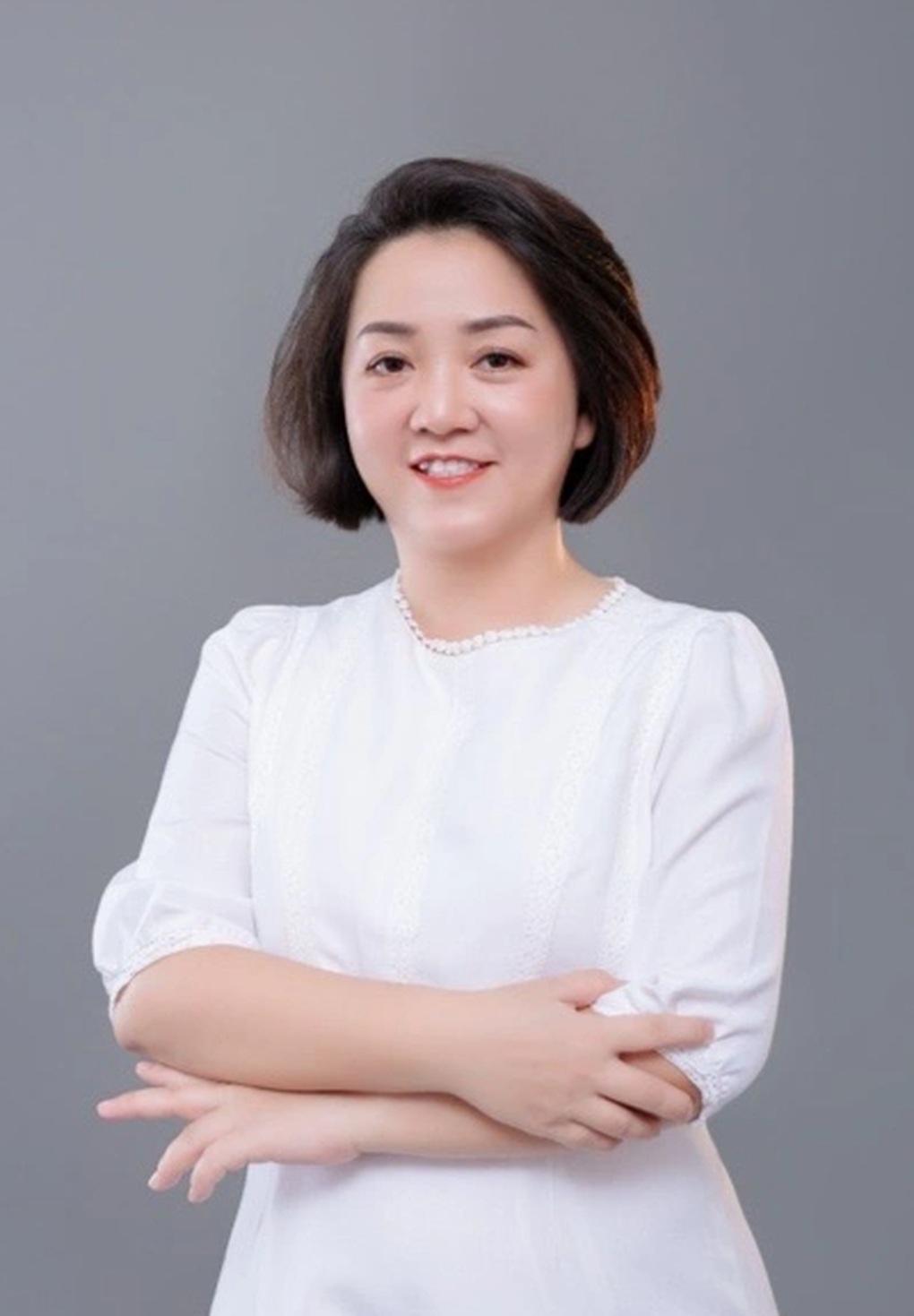
Ms. Thao Trang - Director of Vinschool Kindergarten.
Can you tell us why Vinschool had to introduce AI so early?
- We understand parents’ concerns about linking AI to children using electronic devices. However, about 80% of AI learning activities in preschool do not use devices. Children learn through crayons, paper, blocks and role-play – in the spirit of “learning through play.”
Neuroscience studies show that the period between 4 and 7 years old is the "golden window" for developing pattern recognition and classification - the foundational skills of algorithmic thinking and machine learning. UNESCO in its 2024 report ranked algorithmic skills on par with reading, writing, and numeracy, considering it the third foundational skill of the 21st century.
Therefore, when children are exposed to AI early, they will understand the nature of technology before they are at risk of being swept away by technology.
Can you give some examples of students “Learning AI without machines?
- I would like to give some situations in the classroom as follows:
Robot cleans the classroom: a student plays the role of a robot that only picks up red Lego blocks. When pencils are left behind, the whole class adds a new “command,” a visual exercise in training a machine.
Navigating a maze: children draw a map with chalk and say out loud a series of commands like “Forward – Forward – Turn Left”. Just changing the order will cause the “robot-friend” to get lost, helping children learn a lesson about the accuracy of algorithms.
After each game, teachers always ask the question: “Why did you choose that way?”, to help children develop their explanation and critical thinking skills.
According to Vinschool's pilot results in April 2025, 92% of children were able to explain why "the robot did something wrong" after 3 lessons; 87% of parents noted that children were excited about the classification game and through the lessons, teachers noticed that children used concepts such as steps, commands, and data correctly.
So can you tell us specifically what content Vinschool will teach about AI?
- Vinschool's AI program for preschoolers is designed around four competencies and three major AI circuits, helping children form a foundation of algorithmic thinking and safe technology usage habits from an early age.
For example, in the “Understanding how AI works” circuit, children practice converting data into drawings, real objects and symbols; collecting, classifying, and comparing familiar objects; identifying and describing rules in daily life or games; and at the same time, getting familiar with visual programming tools through role-playing robot activities, drawing mazes and correcting algorithms when the friend-robot goes astray.
Moving on to the “Recognizing and Choosing AI Tools” track, children explore AI-integrated devices around them (smart speakers, automatic cameras, etc.), learn how to choose the right tool for their goals, use supervised voice Q&A, and then explain why they choose one solution over another.
Finally, the “Responsible Use of AI” circuit helps children communicate with adults to ensure safety, identify personal data, distinguish between what should and should not be shared, understand that machine-generated results are different from human results, and promptly raise the red card when encountering strange ads or scary content. Thanks to the approach of learning through play, children are taught to understand the nature of technology before officially entering the vast digital world .
AI is a relatively new and abstract concept for many parents. So how can parents of a 5-year-old child know that their child is truly understanding and absorbing knowledge related to AI?
- Parents can easily recognize that their children truly understand AI concepts through specific expressions in daily activities. Children will be able to clearly explain why the robot in the game performs the right or wrong task. They will also naturally and accurately use simple AI-related terms such as commands, steps or data when participating in games or activities. More importantly, children will know how to recognize and describe patterns or rules in daily activities or simple games that they participate in.
In addition, children will proactively use safe applications and websites that are confirmed by teachers or parents, and consult adults when they feel uncertain about the safety of an application or online game. In addition, children will immediately notify teachers or parents when they encounter anything unusual or scary while using technology, and always use learning applications with adult supervision.
Many parents are now worried about whether their childhood will be stolen by AI ?
- The introduction of AI into early education is controversial because parents are concerned that their children's childhood will lose its innocence. However, looking at it from a positive perspective, children are being better prepared for the future. If the program ensures that children can still play and explore without depending on screens, then childhood is not lost but is being enriched. Children are not having their childhood stolen, but are being equipped with a solid foundation to confidently enter a world of technology that is changing every day.
Source: https://dantri.com.vn/giao-duc/giam-doc-mam-non-vinschool-tre-mau-giao-hoc-ai-de-tu-tin-buoc-vao-the-gioi-cong-nghe-20250613182415779.htm



![[Photo] 60th Anniversary of the Founding of the Vietnam Association of Photographic Artists](/_next/image?url=https%3A%2F%2Fvphoto.vietnam.vn%2Fthumb%2F1200x675%2Fvietnam%2Fresource%2FIMAGE%2F2025%2F12%2F05%2F1764935864512_a1-bnd-0841-9740-jpg.webp&w=3840&q=75)



![[Photo] National Assembly Chairman Tran Thanh Man attends the VinFuture 2025 Award Ceremony](/_next/image?url=https%3A%2F%2Fvphoto.vietnam.vn%2Fthumb%2F1200x675%2Fvietnam%2Fresource%2FIMAGE%2F2025%2F12%2F05%2F1764951162416_2628509768338816493-6995-jpg.webp&w=3840&q=75)
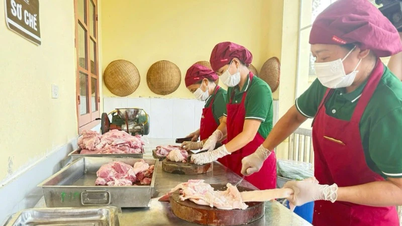




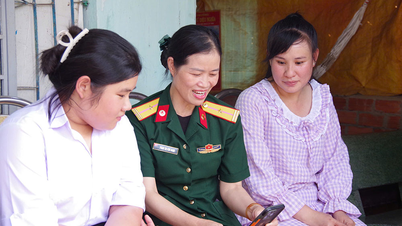

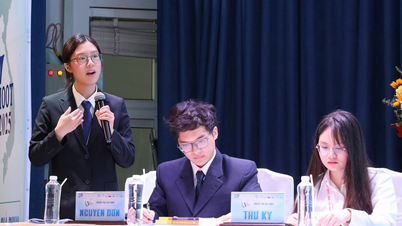

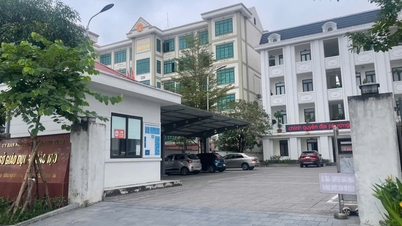




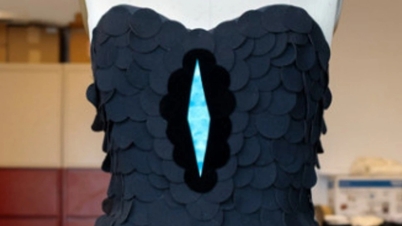







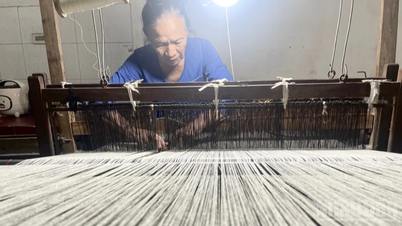
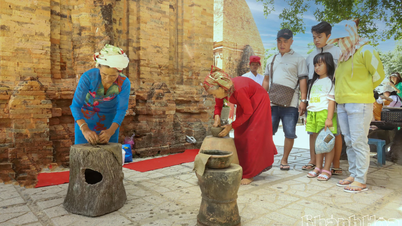











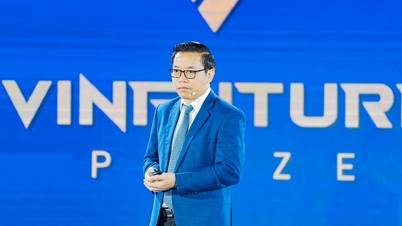
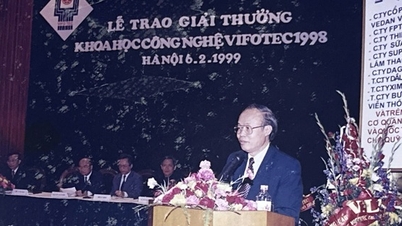

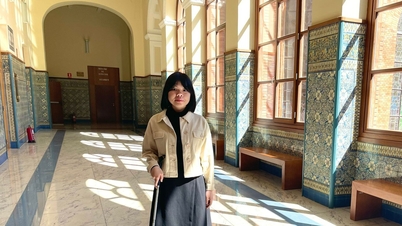

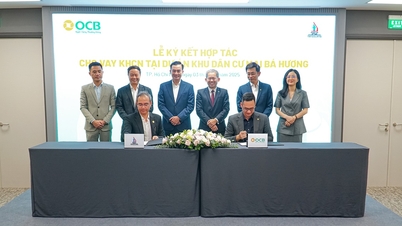

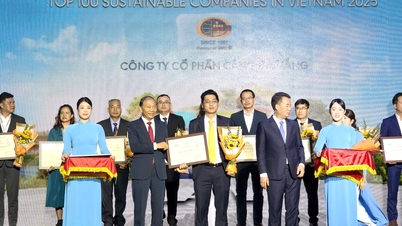
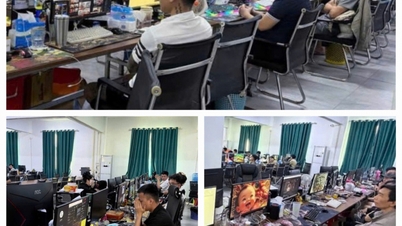
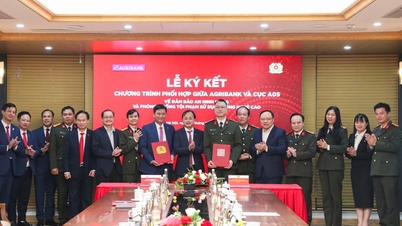

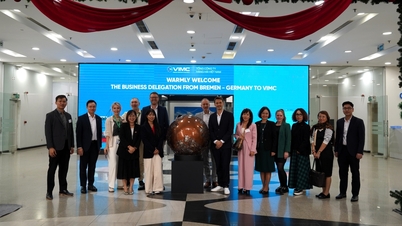
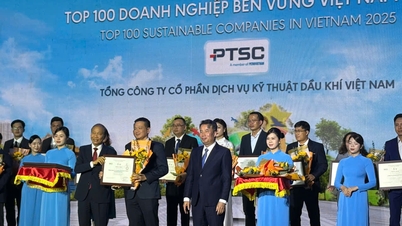












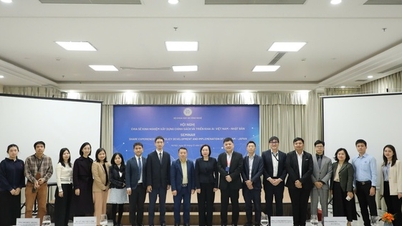


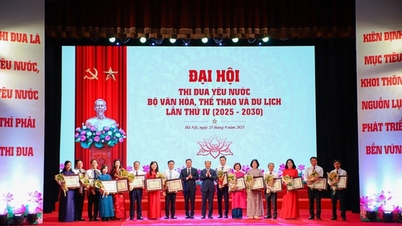

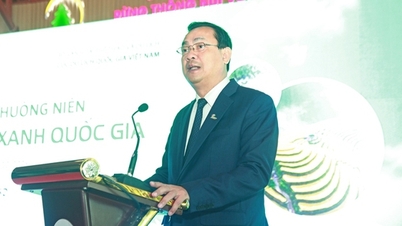
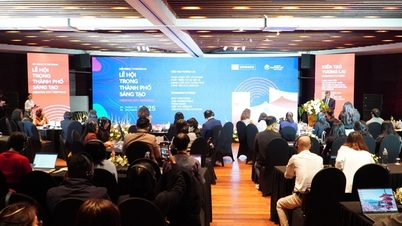




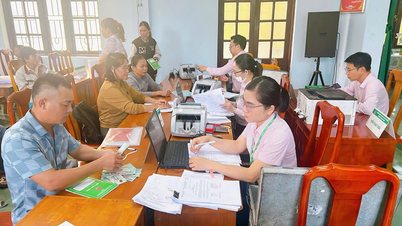
















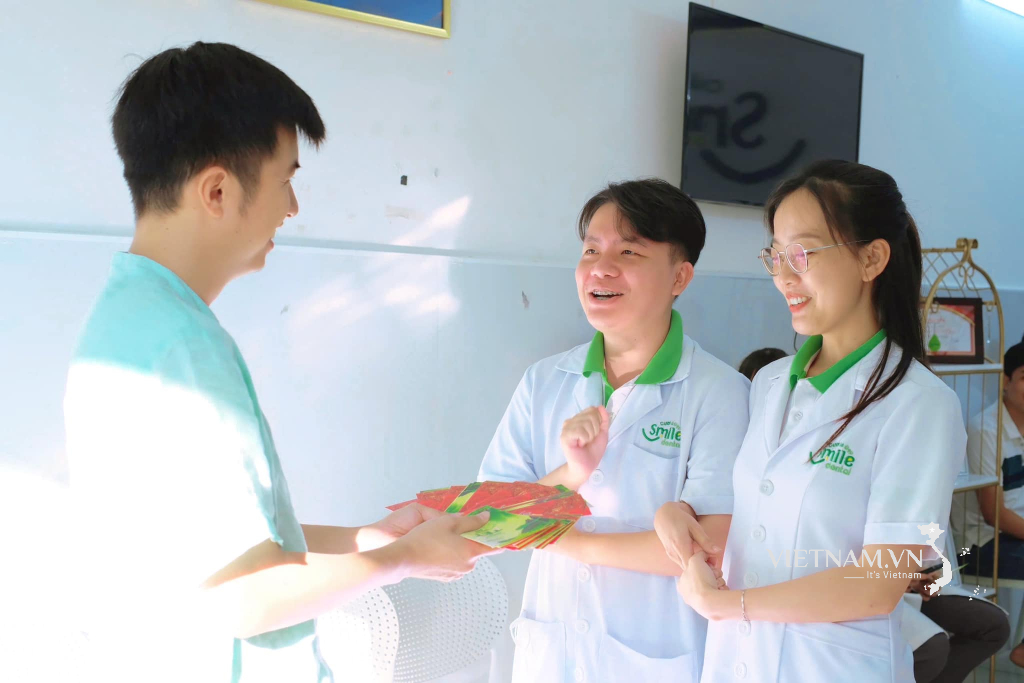






Comment (0)